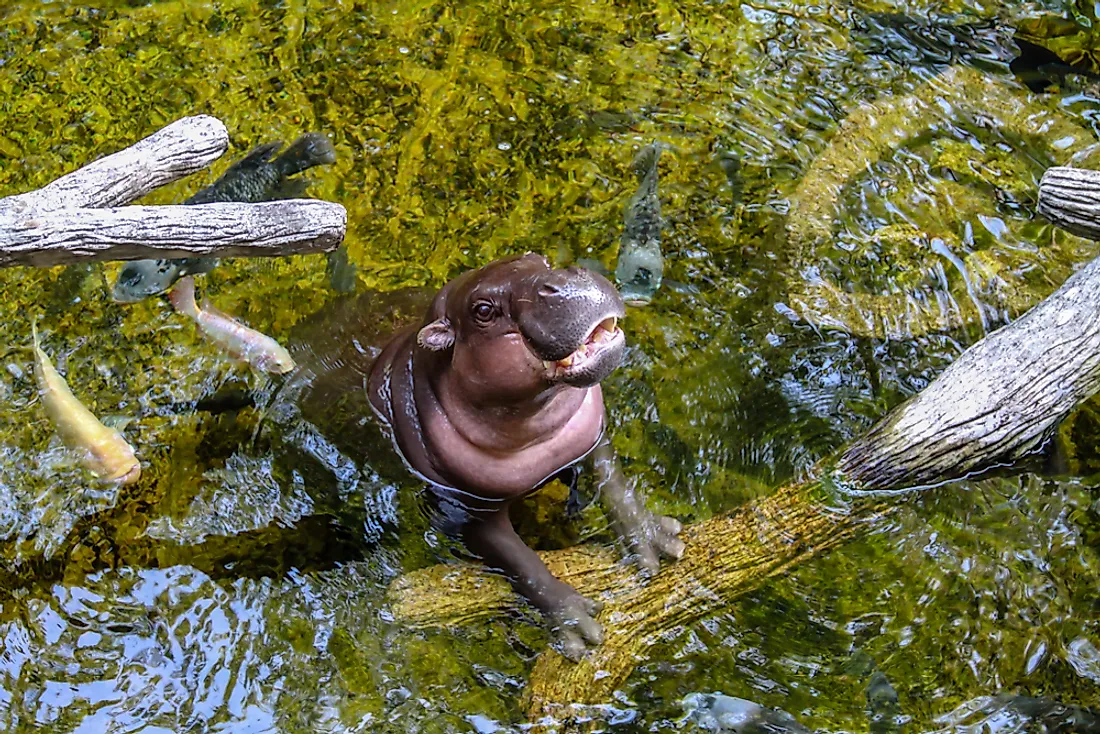Island dwarfism is a type of growth retardation that occurs in certain animals when they are isolated on an island. It results in smaller body size, but not necessarily all other features such as brain size and intelligence. The most famous example is the “dwarf elephants” of the Mediterranean islands, which were much smaller than their mainland counterparts. Island dwarfism has also been observed in primates, rodents, and even plants.
There are several possible explanations for island dwarfism. One is that there is simply less food available on an island, so animals must compete more intensely for resources and tend to be smaller as a result. Another possibility is that predators are less common on islands, so animals can afford to be smaller without being at as great a risk of being eaten. Finally, it could be that isolation from mainland populations leads to reduced genetic diversity and thus limits the ability of animals to adapt to changes in their environment, resulting in stunted growth.
Whatever the cause, island dwarfism represents an interesting phenomenon with implications for our understanding of evolution and ecology. It also has potential practical applications; for example, if we can learn how to artificially induce island dwarfism in livestock, we might be able to create smaller animals that require less food and space


